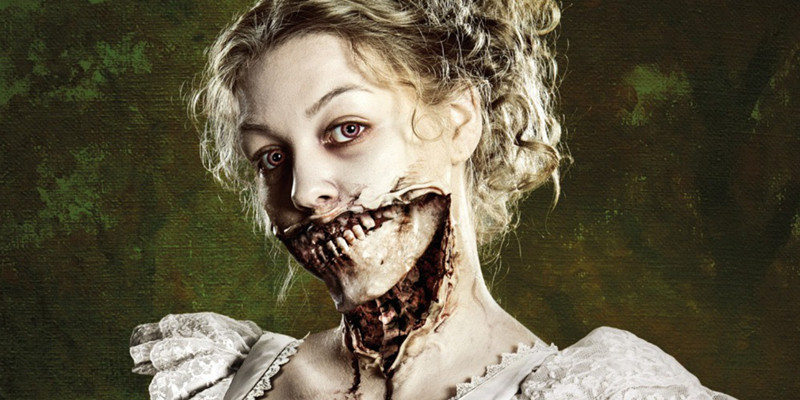
Horror fiction has been a vital part of bookstores for generations: Frankenstein and Dracula have more movie versions than Jesus, and it’s clear to see why. The characters are iconic, changing with each new iteration while (hopefully) maintaining the core of what made their original novels so beloved. Movie-Dracula may have grown a giant black collar, and Movie-Frankenstein may have sprouted neck bolts, but they’re still the same spooky, gothic creations that Stoker and Shelley first dreamt up.
While horror fiction has inspired some of the greatest scary movies of all time, not all horror films are based on such dark sources. Some horror films are based on completely different works of fiction: romances, tragedies, and fairy tales among them. These are the films discussed in this article: the ten most memorable horror movies based on classic literature.
10. Pride and Prejudice and Zombies (2016)
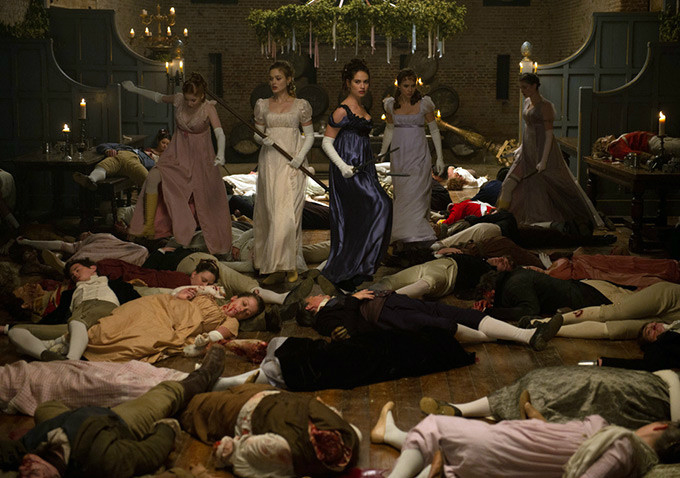
You can’t have a list of classic-based horror films without acknowledging the mash-up subgenre. Ever since Seth Grahame-Smith “collaborated” with Jane Austen for Pride and Prejudice and Zombies, indie publishers have churned out literary mash-ups of varying degrees of faithfulness and quality. Jane Eyre fights vampires. Anna Karenina is a robot.
No public domain hero is safe from a horror-themed reboot. Surprisingly, this specific subgenre—as popular as it is—has rarely jumped from page to screen, with the notable exception of Pride and Prejudice and Zombies, the book that started it all.
Ripping into theaters early in 2016, P&P&Z faithfully adapts the novel, mixing Victorian high society drama with head-chopping action. Like most cinematic adaptations, this one cuts out a lot, but it still maintains the basic beats of the novel, shifting between the Austen stuff to the Grahame-Smith stuff at a whiplash pace. Surprisingly, the more straightforward period romance scenes come across better than the more anonymous action set pieces, which don’t always utilize the historical setting as well as they could.
Its best decision, however, is to keep the focus solely on Elizabeth Bennet. Viewers don’t learn too many specifics about the zombie plague. Instead, they learn as much as Elizabeth does. The movie decides to invest most of its time and interest in Elizabeth’s journey toward adulthood. And in that way, it’s not just a good adaptation of the mash-up novel, but of Austen’s original story as well.
9. The Lamp (1987)
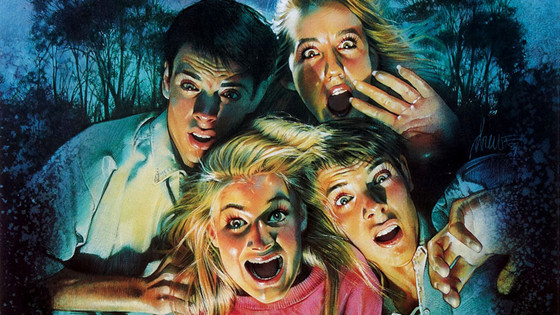
While 1001 Arabian Nights may not have reached a thousand and one movie adaptations, it’s damn near close. Everything from Ducktales the Movie to Aladdin to the many, many Sinbad films have lifted ideas, stories, and characters from the classic text. Most of these adaptations are family-friendly action adventures. Some, however, are a little darker.
With 1986’s The Lamp (also released as The Outing), director Tom Daley has made a horror film with loads of gory deaths, a few topless actresses, and the kind of brainless dialogue scenes that have become synonymous with 80s horror films. There are also moments of intentional weirdness, like an opera-singing security guard and an unnecessary car chase between teenagers driving to school. It’s the kind of movie that doesn’t amount to a lot, but will lodge in your memory for years.
Early and often, the movie points out its similarities to Arabian Nights, with the characters openly asking their teachers about genies and magic lamps. We learn about Aladdin, Scheherazade, and ancient curses.
Because of the rampant murder and nudity in the film, the movie may not seem like a faithful adaptation at first, but viewers should remember that 1001 Arabian Nights is also full of sex, violence, and inexplicable images. (After all, one of the original stories was called “Ali with the Large Member.”) In that way, this lamp has a lot more to do with the old stories than the Disney version.
8. Murders in the Rue Morgue (1932)
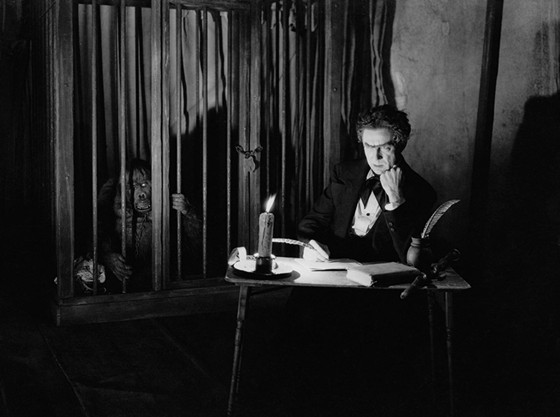
Edgar Allan Poe is known for a lot of morbid stuff—marrying his thirteen-year-old cousin, possibly dying of rabies, driving all of his main characters insane—so it’s no surprise that his name is synonymous with horror. Many great films have been made out of his scary stories: The Pit and the Pendulum, Masque of the Red Death, and The Black Cat to name a few. However, his legacy goes far beyond that. With his story “The Murders in the Rue Morgue,” Poe single-handed created the detective genre.
Poe referred to it (and its sequels) as “tales of ratiocination,” stories that follow a single character who slowly and methodically unravels a mystery by asking questions and studying his surroundings. The story is dark, of course, involving insanity, murder, and orangutans, but it focuses on deciphering clues instead of scaring the reader.
So what does Hollywood do to make the story fit more closely to the Poe brand? It casts Bela Lugosi (one year after Dracula) as a mad scientist who kidnaps women and injects them with blood from an angry ape. Released in 1932, it came out before the Hays Code put restrictions on violence, and the whole thing is full of screaming women and lunging shadows. It may not be a methodical mystery with a big drawing room reveal, but Poe would probably have enjoyed the finished result anyway.
7. Children of the Mist (1993)
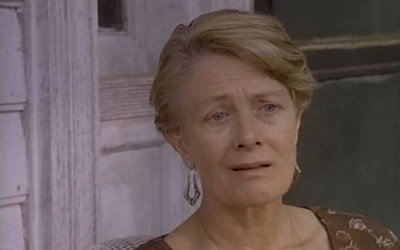
Rudyard Kipling’s Jungle Book saga has entertained families for generations. While his original stories aren’t as happy-go-lucky (or jazzy) as the Disney adaptations, they also aren’t all that dark. Sure, there are dangers in the jungle, with tigers and giant snakes around every corner, but they’re closer to little adventures and morality plays than the typical horror film. His other, less famous works were often darker. Take, for example, an early 1900s story adapted over ninety years later as Children of the Mist.
Children of the Mist is a story about trying to communicate with those who’ve already died. In the updated movie, a girl dies in a car accident and her father uses the help of a blind old lady to talk with her. Needless to say, things get complicated (and melancholy) very fast.
The old lady is played by Vanessa Redgrave, who works hard to bring a layer of creepiness to a low budget TV movie that takes place mainly in daylight. Like the story itself, this film has been mainly forgotten by Kipling fans, but for viewers interested in a slow-burn ghost story, the movie delivers.
6. Return of the Living Dead 3 (1993)
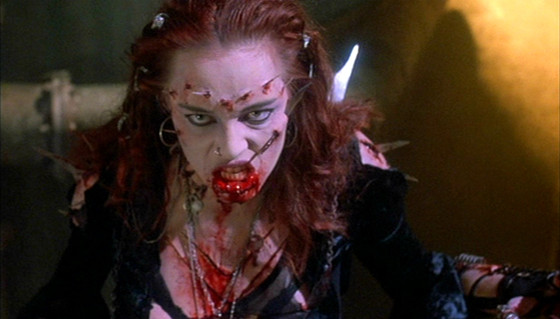
Shakespeare’s Romeo and Juliet has influenced more films than perhaps any other single piece of entertainment. The tragic tale of two star-crossed lovers has sprinkled its DNA into everything from musicals about New York street gangs to lighthearted cartoons about feuding lawn gnomes. It’s no surprise, then, that the play has seeped into horror cinema. This slot on the list could be filled with dozens of doomed romances, but perhaps the most Shakespearean of them all is 1993’s Return of the Living Dead 3.
Return of the Living Dead 3 ditches the dark comedy (and Michael Jackson references) of the earlier installments, and chooses instead to tell a story about teenage lovers who struggle against the biggest problem that any couple can face: one of them is dead and wants to eat the other one.
This premise could very easily be played for laughs (and judging by the film’s lukewarm reception from fans of the original, it might have been a more popular decision to go that route). Instead, the film doubles down on the angst, culminating in a fiery climax where the doomed couple chooses to die together in a secret government furnace.
Thanks to director Brian Yuzna (Society, Bride of Reanimator), there are plenty of death scenes and gloopy special effects. One particular zombie has his head propped up on a spinal column protruding out of the rest of his body. None of the horror elements, however, detract from the note of impending doom that clouds over the entire film. Like the Shakespeare play, things are going to end badly, and you just have to wait for the other shoe (or severed foot) to drop.